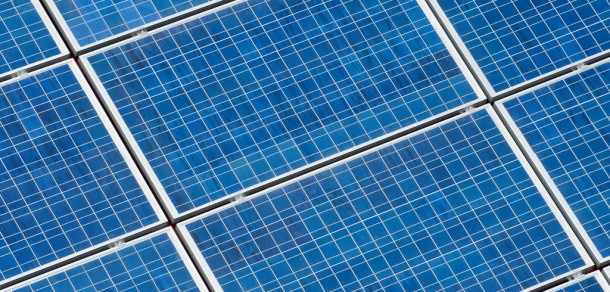
If someone asked you, “How do solar panels work?” would you able to explain the science behind the power source? Most likely the answer is no. Many people tout the numerous benefits of energy from the sun, but how many of us truly understand how light can become electricity? Let’s learn how the whole system works so you can be the solar power expert at your next dinner party.
Materials
Many of the advancements in technology when it comes to harnessing the sun have to do with the materials used inside the solar cell. Solar cells are what make up the entirety of a collection panel. The best resource for energy generation is silicon. The large crystals in the substance generate a much higher amount of electrical current when exposed to the sun than most other crystal options. But it’s difficult and expensive to grow large silicon crystals, so newer technology uses other crystalline sources. The “thin film” construction of solar panels today makes use of copper, indium, gallium, and selenide crystals.
Efficiency
Silicon crystals, again, are the most efficient option for turning light into electricity. About 23 percent of sunlight that hits a solar panel will be turned into power. Unfortunately, arrays with silicon panels are too expensive for residential applications and unfeasible for mass production. The most common copper-indium-gallium-selenide panels that homeowners install work at 15 percent to 18 percent efficiency. Solar panels on satellites, which make use of the best technology, approach the 50 percent efficiency level. However, this is out of reach for the vast majority of applications.
Progress
Many countries around the globe are working to increase the efficiency of solar energy collection, improve solar power storage, and find new technologies for energy creation. In fact, a Swedish company earlier this year began testing its new approach for solar energy generation in the Kalahari Desert of Africa. The system, which combines military technology with a centuries-old concept, uses mirrors to project light across the desert sand. Panels at the facility are operating at 34 percent efficiency, or about double the output from most residential solar panels. And Sweden is not alone; new innovations in energy generation are in the works in many nations.
The Future
Scientists will continue working to improve solar efficiency for decades to come. Some of the other approaches they are investigating include nanoparticles and even plastics. But the efficiency of a sunlight collection panel is only one factor in the success of solar power as a whole. Another key consideration is scalability, or the ability for panels to mass produced in a way that is ecofriendly, comparatively inexpensive and fast. Demand for solar systems in residential and commercial applications is likely to continue to rise as the United States seeks to reduce its dependence on fossil fuels. As such, scientists will be racing to keep pace with new innovations, increases in efficiency and scalability.
From understanding how the electrons in silicon crystals jump around to create electricity to predicting the future of solar energy innovations, a basic knowledge of how solar panels work is a good bit of information to be able to share when the topic comes up.
Photograph by Wayne National Forest

